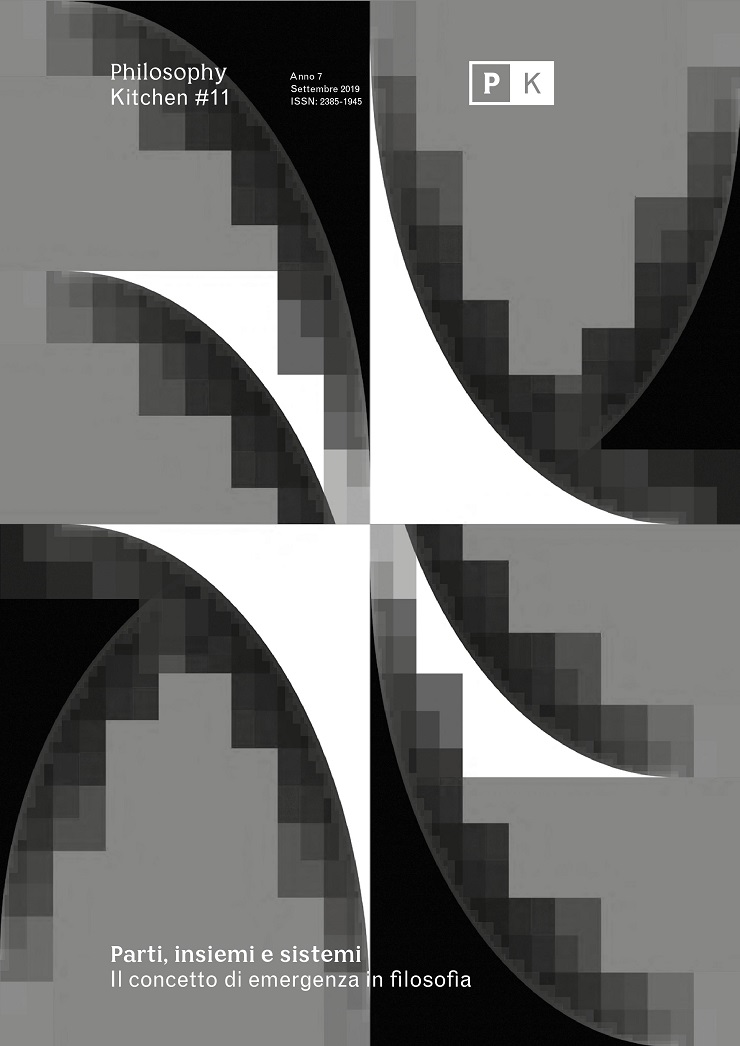L'emergentismo nell'arte
DOI:
https://doi.org/10.13135/2385-1945/4006Abstract
Following suggestions by Joseph Margolis and Richard K. Sawyer, in this paper I apply the notion of emergence to the philosophy of art. I will argue that the interpretation of works of art cannot be reduced either to the perceptive experience of the manifest qualities of the art object (empiricism), nor to the identification of the author’s intentions (intentionalism), nor to the understanding of the practices of the historic context of production (contextualism). I suggest, instead, that the identity of a work of art emerges, on the one hand, from the artist’s interactions with forms, materials and artistic genres and, on the other, from the relationships between the artwork and the changing contexts of its reception. Moreover, I maintain that artistic categories are (trans)formed through artistic practices and that, therefore, they cannot be assumed as undisputable criteria for the identification and evaluation of artworks. I will thus argue that the emerging normativity of improvisational interaction in the performing art provides a suitable model to account for the “dynamic” ontological identity of artistic phenomena.





